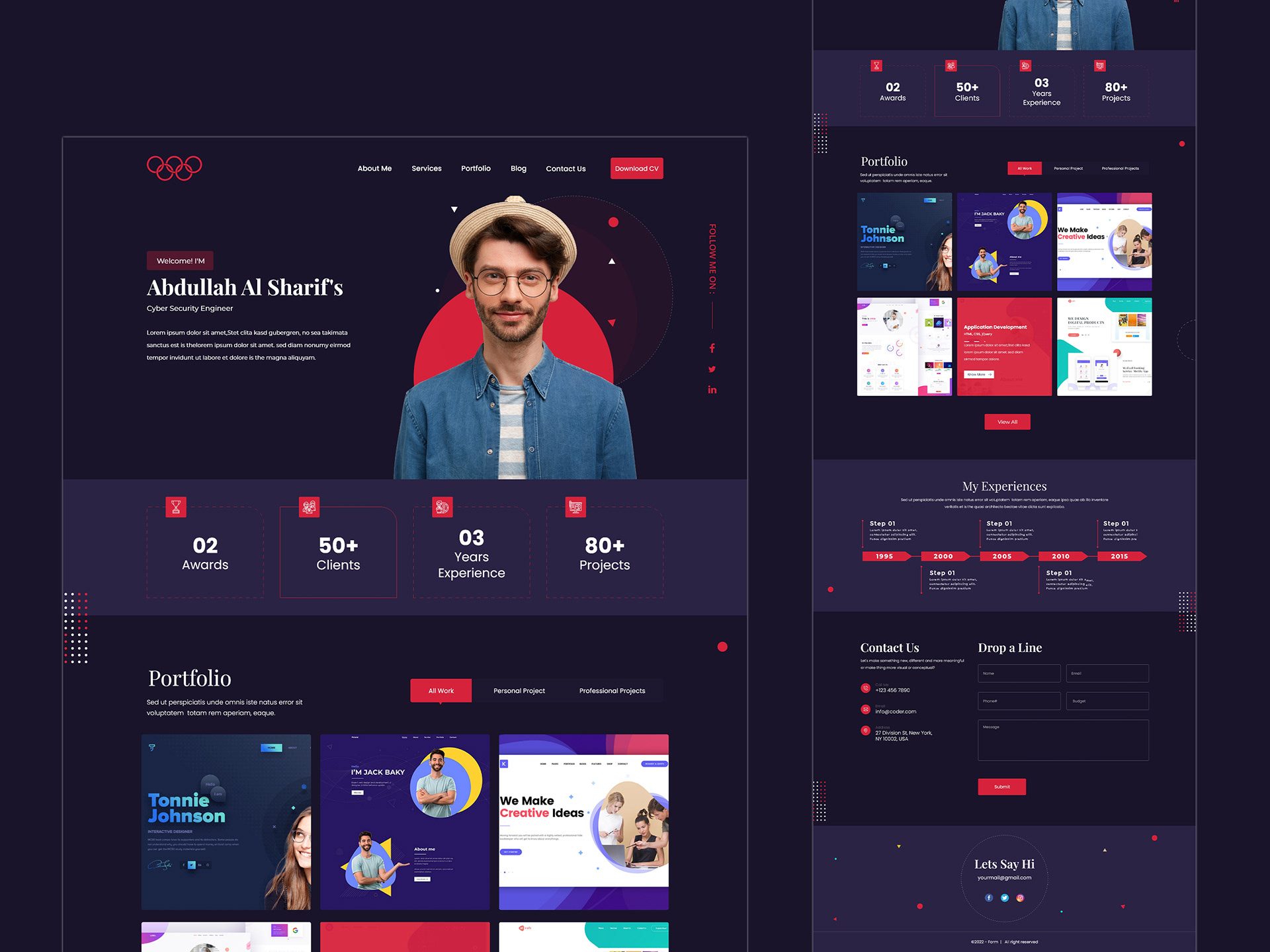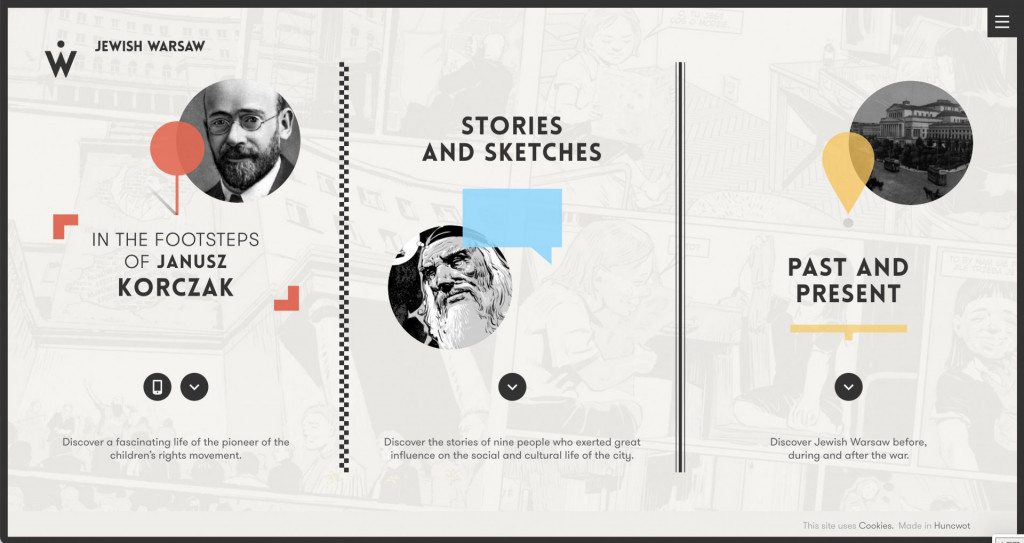Modern Web Site Layout That Catches Attention and Converts
In a significantly electronic landscape, modern-day internet site layout has actually arised as a pivotal aspect in recording individual focus and driving conversions. As we explore these necessary elements, it becomes clear that comprehending their interaction can dramatically affect a web site's performance and user contentment.
Importance of Visual Hierarchy
Aesthetic hierarchy is an important aspect in internet site layout, as it overviews customers' interest and enhances their general experience. By strategically arranging content, designers can guide individuals to the most essential info first, thus boosting involvement and improving functionality.
Incorporating a sensible circulation in web content arrangement is crucial; for example, placing the most critical info on top of a web page fosters immediate acknowledgment. Constant use of typography, such as differing font dimensions and styles, assists develop a clear web content framework. This company not just aids in navigating but likewise builds trust fund, as users feel a lot more comfy when they can conveniently discover what they are seeking.
Ultimately, a well-executed visual hierarchy not only enhances visual appeal but additionally dramatically impacts user actions. By prioritizing necessary elements and ensuring a smooth experience, designers can efficiently convert site visitors right into customers, enhancing the importance of this fundamental design principle in modern website advancement.
Responsive Design for All Tools
Producing a smooth experience across various tools is vital in today's electronic landscape, where individuals gain access to websites from tablets, desktop computers, and mobile phones alike. Responsive layout is an essential strategy that makes sure internet sites adjust fluidly to different display alignments, sizes, and resolutions. By using versatile grids, images, and CSS media inquiries, designers can create layouts that maintain aesthetic stability and performance, regardless of the device being made use of.
The importance of receptive design prolongs past visual appeals; it straight influences customer engagement and conversion prices. A web site that operates well on all devices encourages longer gos to and decreases bounce rates, as customers are most likely to communicate with web content that is easy to navigate. Search engines, specifically Google, prioritize mobile-friendly sites in their positions, making responsive design an important element of search engine optimization (SEO)
Integrating responsive style not only improves customer experience but also streamlines the growth process. By producing a solitary site that functions across gadgets, services can save time and resources compared to creating separate mobile and desktop computer variations. Eventually, receptive layout is a basic strategy for contemporary site design, making certain accessibility and fulfillment for all users, regardless of their tool.
Involving Interactive Elements
While a responsive layout lays the groundwork for a practical internet site, integrating interesting interactive components is vital for catching individual attention and fostering deeper connections. Website Design. Interactive components, such as computer animations, quizzes, and clickable infographics, produce a more dynamic customer see this site experience, encouraging site visitors to invest more time on the site
Including interactive features can additionally direct customers through facility info, making it easier to absorb web content. For instance, interactive sliders can illustrate item variants, while embedded videos can give presentations or testimonies that resonate more than static photos or text. Gamification strategies, like benefits for involving or completing tasks with content, can improve individual motivation and retention.
Reliable use interactive elements not just enhances the user experience however can also result in greater conversion prices. By making communications pleasurable and helpful, companies can grow a feeling of commitment and trust fund with their audience. Nevertheless, it is necessary to balance interactivity with efficiency; excessively intricate attributes might prevent website speed, adversely impacting individual contentment. Ultimately, integrating properly designed interactive aspects can substantially elevate a website's efficiency, driving interaction and conversions in today's competitive digital landscape.
Streamlined Navigating Practices
Reliable navigating is a cornerstone of any type of effective website, as it directly influences customer experience and material availability. Structured navigation methods make certain that customers can easily locate info, boosting their communication with the site. A well-structured navigation menu ought to be straightforward and user-friendly, usually featuring a limited number of key groups to avoid overwhelming visitors.
To achieve streamlined navigation, designers must focus on a hierarchical framework that practically arranges material. Executing breadcrumb tracks can offer users with context regarding their existing area within the site, allowing for smooth backtracking. Additionally, making use of More hints drop-down food selections can properly preserve space while still offering accessibility to subcategories.
Responsive design is crucial, as navigating should be practical across all devices (Website Design). Mobile customers, in particular, gain from touch-friendly menus and collapsible areas that preserve use without compromising aesthetics

Effective Call-to-Action Methods
A well-crafted call-to-action (CTA) is important for guiding individuals towards desired end results on an internet site, as it encourages them to involve with material or buy. To useful source optimize their effectiveness, CTAs must be clear, engaging, and tactically put throughout the site.
First, make use of action-oriented language that connects urgency or worth, such as "Begin," "Sign up with Now," or "Insurance claim Your Discount rate." This language not only inspires customers but additionally sets clear assumptions regarding the following steps.
Second, think about layout components; CTAs must attract attention visually with contrasting colors, adequate whitespace, and noticeable positioning. A switch that is very easy to see and click boosts the possibility of user communication.
Furthermore, personalizing CTAs based upon customer behavior or demographics can substantially boost involvement. Tailored messages reverberate much more with customers, driving higher conversion prices.

Conclusion
These parts collectively improve individual experience, guaranteeing that site visitors remain involved and encouraged to discover web content even more. By prioritizing these layout concepts, organizations can considerably improve individual retention and conversion prices, ultimately leading to better success in the electronic landscape.
In a progressively electronic landscape, modern website design has actually arised as a critical factor in recording individual focus and driving conversions.Aesthetic power structure is a critical aspect in site style, as it guides individuals' focus and enhances their general experience.The relevance of receptive style expands past aesthetics; it straight influences individual engagement and conversion rates.Incorporating receptive layout not only improves user experience but likewise streamlines the advancement procedure. Eventually, receptive layout is a basic strategy for modern-day website style, making sure access and satisfaction for all individuals, regardless of their gadget.